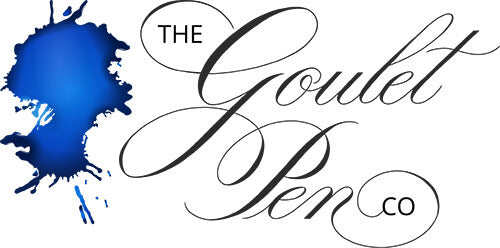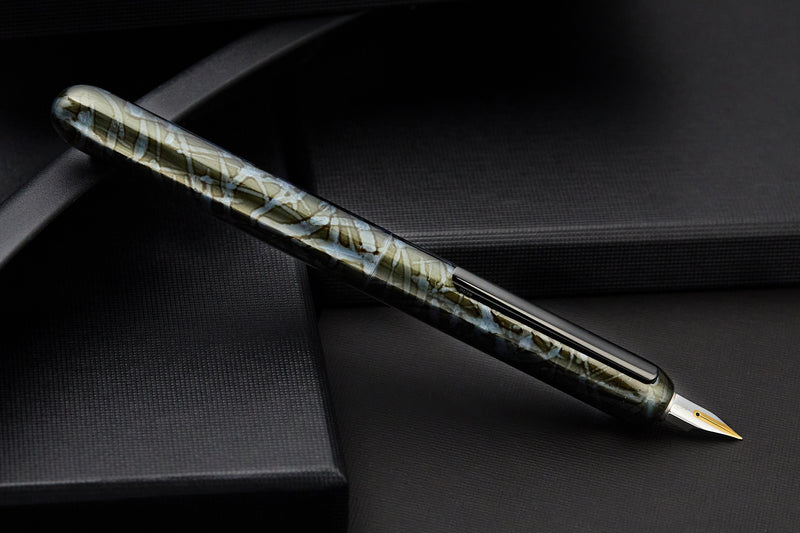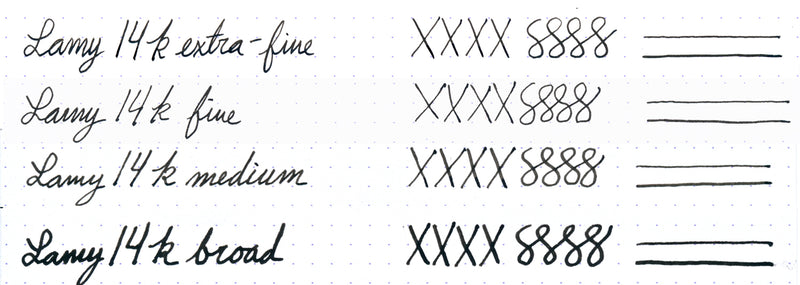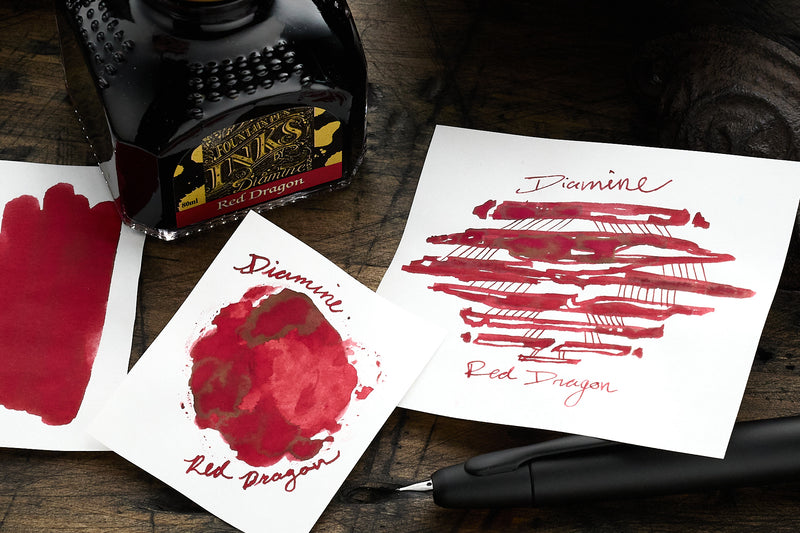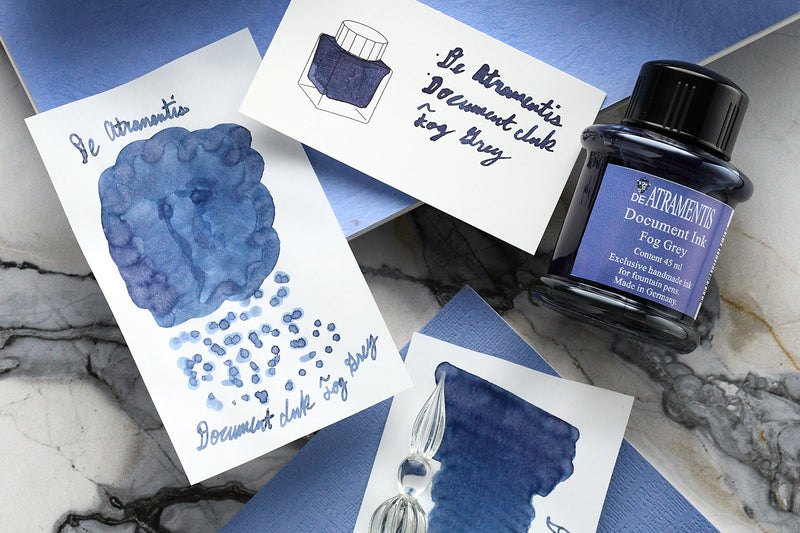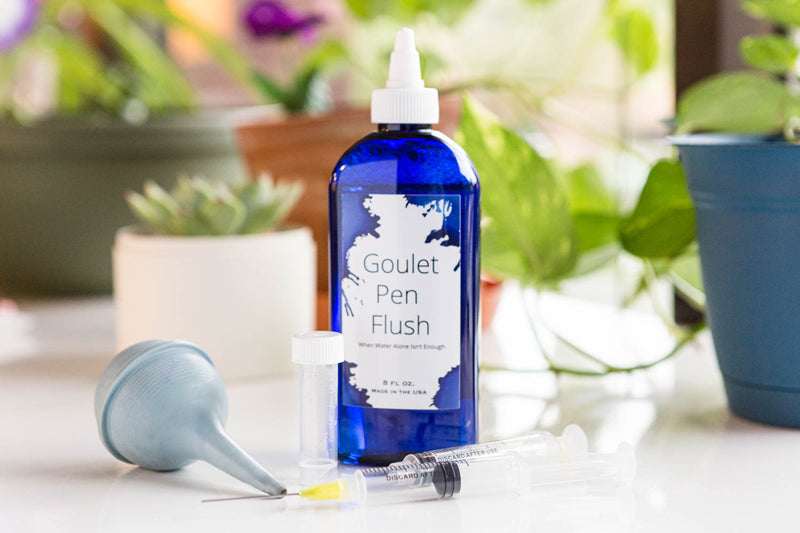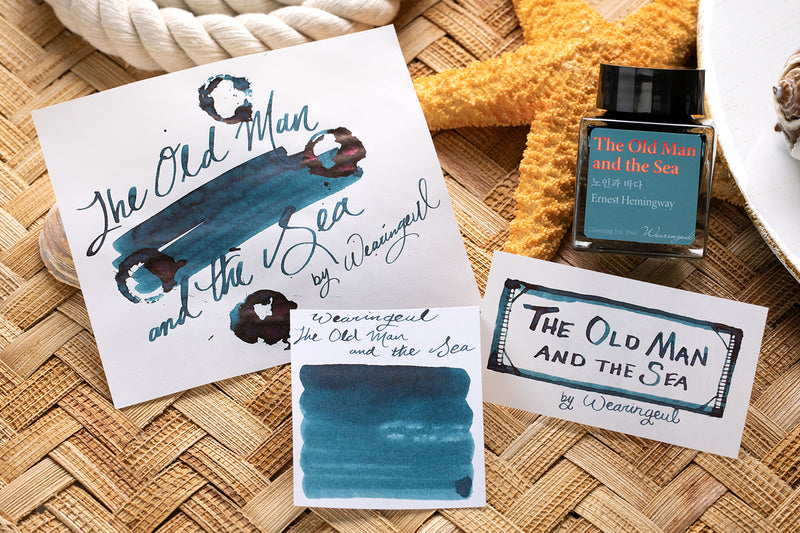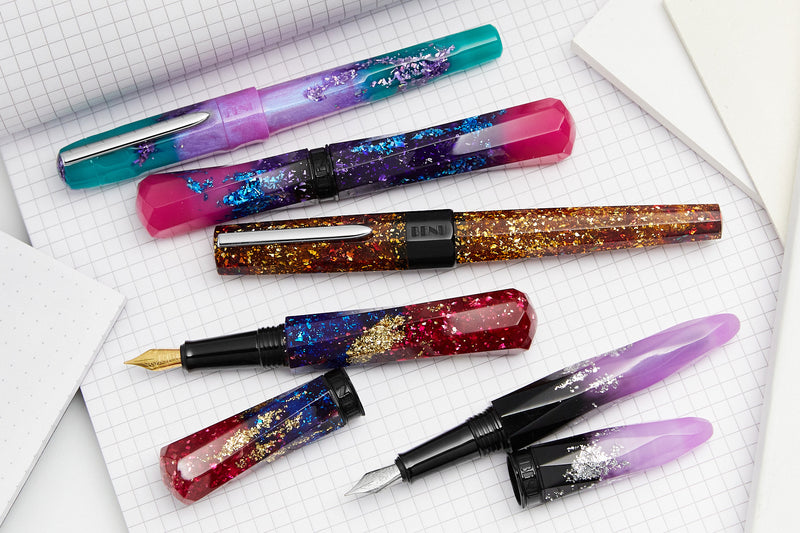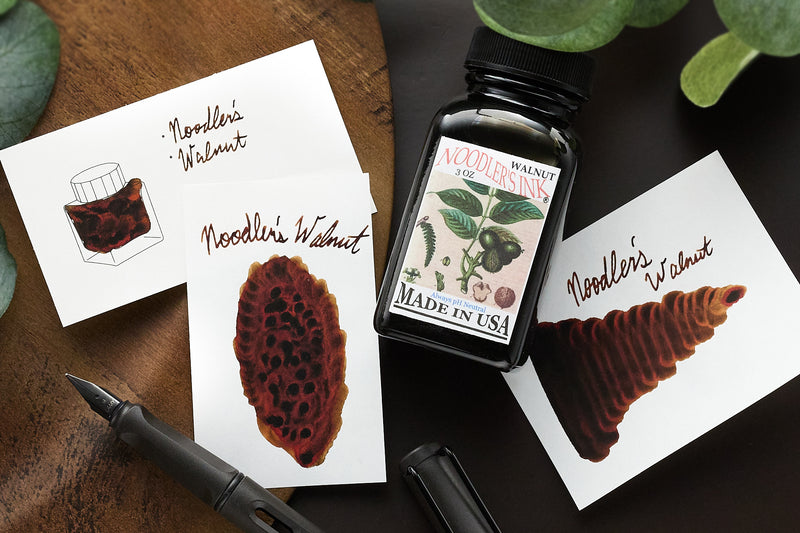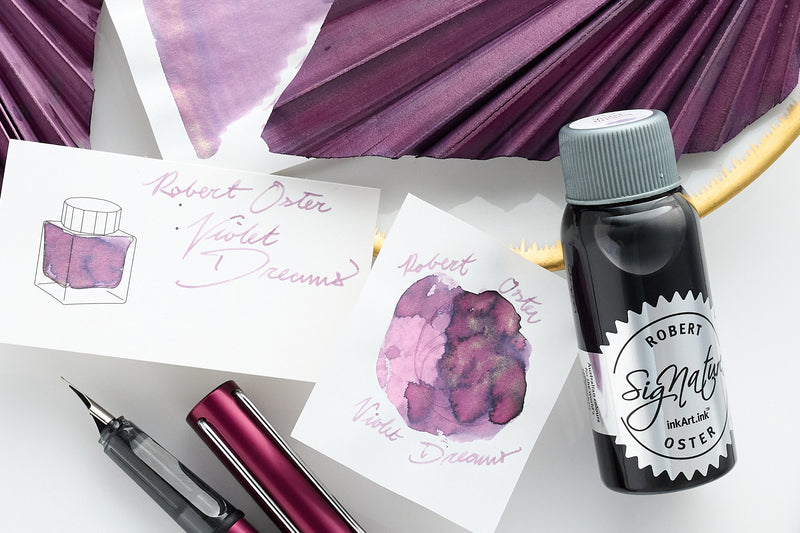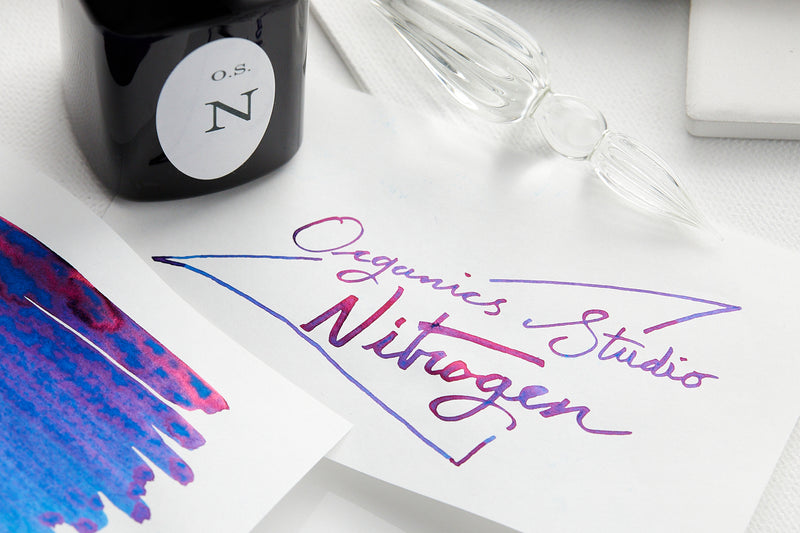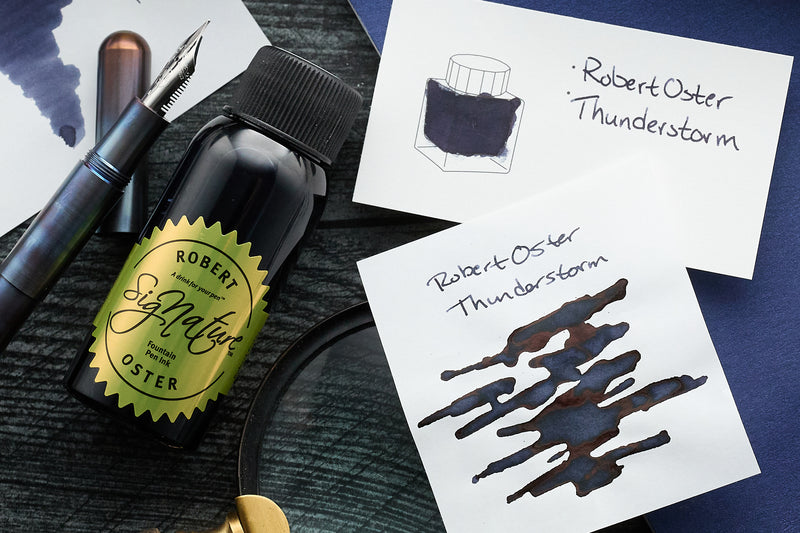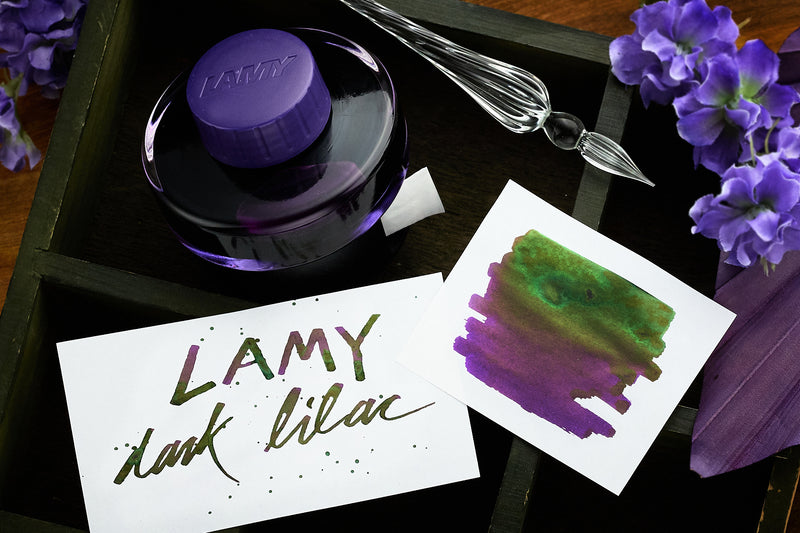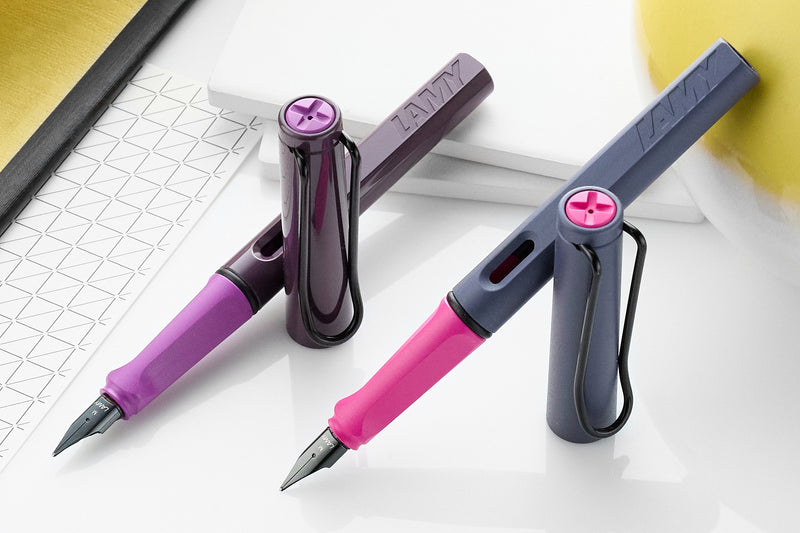Nature has inspired artists throughout time. In music, in poetry, in painting. Seasons, plants, animals and the four elements – all formative companions and eternal sources of life. The power and the life in plants at any given moment characterize the leitmotif of the LAMY dialog urushi leaves edition – and lend each of these two models their own unique temperament.
Dark, yet full of light. Opaque, yet extremely clear. Urushi is a material full of contrasts.
Urushi has been used in traditional Japanese arts and crafts for thousands of years. The quality of this natural material is unrivaled even today – thanks to its resistance, its intensity and its beauty which instantly casts a spell over onlookers.
Limited to 20 unique pieces, this special edition captures the fascination of the urushi art form in an extraordinary dilogy showcasing these two models.
Its combination with contemporary materials and processes puts urushi into a whole new light. Virtuoso painting is used on a fountain pen whose form and function also feature masterful craftsmanship and technical excellence: LAMY dialog.
Just as a musician masters his instrument, a urushi master is in full control of the Japanese lacquer. Years of practice, patience and discipline are required before the extremely thin, translucent coatings of the lacquer can be applied in perfectly uniform cycles. But, in addition to this virtuosity, an urushi master also requires intuition and sensitivity in particular.
“I work in tune with the material. I hear and feel more than I see. I regard that internally as a way of penetrating the surface”, says Manfred Schmid. The Bremen artist created the LAMY dialog urushi edition. Working on and finishing each individual fountain pen requires several months, as the pen must be left for a few days to dry between the various processes, the application, grinding and polishing of up to twelve coats of lacquer. The duration of this process can never be precisely predicted. The material defines how long it must be left.
Black urushi lacquer creates the deepest black found anywhere in the world. It is not created by pigments but by adding iron dust which causes the lacquer to oxidize and is then filtered out again. When applied in a fine coating, the black lacquer initially appears to be translucent. The application of multiple layers, however, then creates the astonishing depth effect.
The designs of the Mystic Leaves and Bright Leaves models are based on the transformation of the visible structures of leaves onto the fountain pens using the properties of the urushi varnish. This transformation does not occur by simply painting the leaves on the surfaces of the fountain pens.
The corresponding structures in the surface of the instruments are rather created through the specific properties of the varnish and special paintbrush techniques. At the same time, the nature of the varnish allows these structures to take on their own completely unique design.
The mystic leaves model has a blue layer of niobium which has been applied to the carefully pretreated stainless steel body components. In the bright leaves model, on the other hand, these components have been gold-plated using the PVD process. The initial layers of the urushi varnish are then applied. The structuring process is incorporated into the varnish using a paintbrush and pure alcohol. After drying, subsequent layers of the urushi varnish are applied and then polished.
The mystic leaves model features a black PVD coating for its ball valve and clip, whereas these have been gold-plated in the bright leaves model.
The LAMY dialog 3 is a revolutionary fountain pen without a cap. Thanks to a fascinating twist mechanism the nib slides elegantly out of the interior of the barrel, while the clip retracts onto the shell. This fountain pen comes with a smooth interchangeable two-tone 14k gold nib.
Note: To ensure quality performance, LAMY tests their pens as a final step in manufacturing. If you happen to see any residual blue ink, rest assured that this is normal.
Click here to shop all compatible LAMY ink cartridges.
- Condition
- New
- Brand
- LAMY
- Type
- Fountain Pens
- Color
- Black
- Demonstrator
Whether or not the barrel of the pen is translucent, allowing you to see the ink and filling mechanism inside.
- No
- Body Material
- Urushi lacquered stainless steel
- Cap Type
How the cap is opened/closed from the barrel of the pen. Some common options include Snap-Cap, Screw-Cap, Magnetic Cap, or Capless (no cap).
- Capless
- Compatible inks & refills
Which ink this pen will accept. Choices include bottled ink and various styles of pre-filled ink cartridges.
- Bottled inks, Proprietary LAMY ink cartridges
- Filling Mechanism
How the pen fills with ink. Click here to watch our video tutorial on common filling mechanisms.
- Cartridge, Converter
- Grip Material
- Metal
- Nib Size
- Fine
- Nib Color
- Two-Tone
- Nib Material
- 14k Gold
- Postable
Whether or not the cap fits securely onto the back of the barrel when open.
- No
- Retractable
Whether or not the nib/tip can retract into the body of the pen (usually for click or twist-open style pens).
- Yes
- Trim
- Black
- Diameter - Body
- 13.6mm (0.5in)
- Diameter - Cap (without clip)
- 13.6mm (0.5in)
- Diameter - Grip (mm)
Measured from the place most people choose to rest their fingers, which varies with each pen.
- 13.6mm
- Length - Body
The measurement from the back end of the barrel to the tip of the nib.
- 139mm (5.5in)
- Length - Nib
The measured length of the visible portion of the nib when it is installed in the pen, from grip to tip.
- 16.3mm (0.6in)
- Length - Overall (Closed)
- 139mm (5.5in)
- Weight - Body
If a converter is included with the pen, this weight is reflected in the total.
- 47g (1.7oz)
- Weight - Overall (g)
- 47.0g
- Max Ink Capacity - Cartridge
The maximum volume of ink that can fit in the pen when using a cartridge.
- 1.58ml
- Max Ink Capacity - Converter
The maximum volume of ink that can fit in the pen when using a converter.
- 1.10ml
Reviews
FAQs about Fountain Pens
How do I fill a fountain pen with ink?
It depends on the pen's filling mechanism, which you can find in the Technical Specs section above.
Here's a quick definition of the most common filling mechanisms:
- Cartridge - A small, disposable, sealed plastic reservoir that holds fountain pen ink. These come pre-filled with ink, and typically you just push to insert them into place and you'll be ready to write! Check out our quick guide here.
- Converter - A detachable and refillable ink reservoir that allows you to use bottled ink in a cartridge-accepting pen. Typically you will install the converter into the grip section, dip the nib/feed into the ink, and twist or pull the converter knob to draw ink into the converter. Here's a video for how to fill a cartridge/converter pen using a LAMY pen as an example.
- Eyedropper - A pen that utilizes the entire barrel as a reservoir for ink. Ink is directly filled into the barrel, allowing for a high ink capacity. Here's a video on how to do it!
- Piston - A type of filling system that uses a retracting plunger inside a sealed tube to draw ink into a pen. They are typically either twist or push-operated. These pens cannot accept cartridges or a converter, and only fill from bottled ink.
- Vacuum - A push-style piston that uses pressure to fill the large pen body with ink. They seal the ink chamber when closed, making it ideal for flying without risk of leaking. Check out our video on how to use a vac filler here.
Check out more info on these filling mechanisms including a video on how to fill each one on our blog.
How do I clean a fountain pen?
It depends on the filling mechanism, but it mostly comes down to flushing it out with water, and sometimes a little bit of Pen Flush if the ink is really stuck.
It's a bit easier to show than to tell, so we've put together a few quick videos showing you the process:
How often do I need to clean my fountain pen?
We recommend a good cleaning every 2 weeks, and any time you change ink colors.
Water will usually do the trick, but we recommend you use our Goulet Pen Flush if the ink has been left in the pen for a while and could have dried up, or when you’re switching ink colors.
My pen won’t write! What do I do?
First things first... make sure you have ink in the pen! Be sure that the ink cartridge or converter is seated properly in the pen, and that you aren't out of ink.
We always recommend you give your pen a good cleaning first, using our Goulet Pen Flush, or a drop of dish soap in some water. New pens often have some machining oil residue left in the feed, so a good cleaning often does the trick first.
If that still doesn't work, try priming the feed. This consists of either dipping your pen nib and feed in ink, or forcing ink from the converter down into the feed.
If it’s still not working after that, please reach out to us so we can help!
What's your return policy?
You can submit a return request within 30 days of your order date. You can read all our Return Policies here.
To initiate a return, please submit a request at the Return Portal. Our Customer Care team might reach out to you for more information.
Please note we are unable to accept a return of any Namiki or Sailor Bespoke fountain pen for any reason once it has been used with ink. Please thoroughly inspect and dry test the pen before use.
